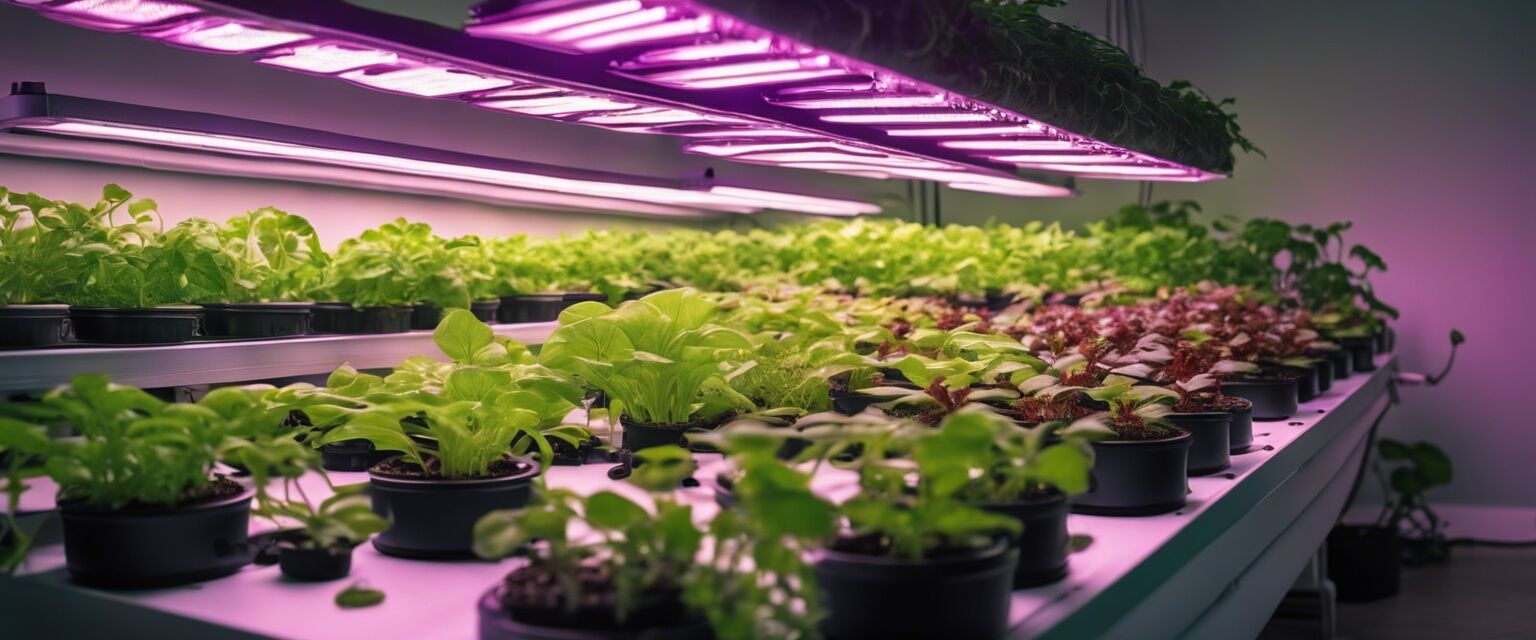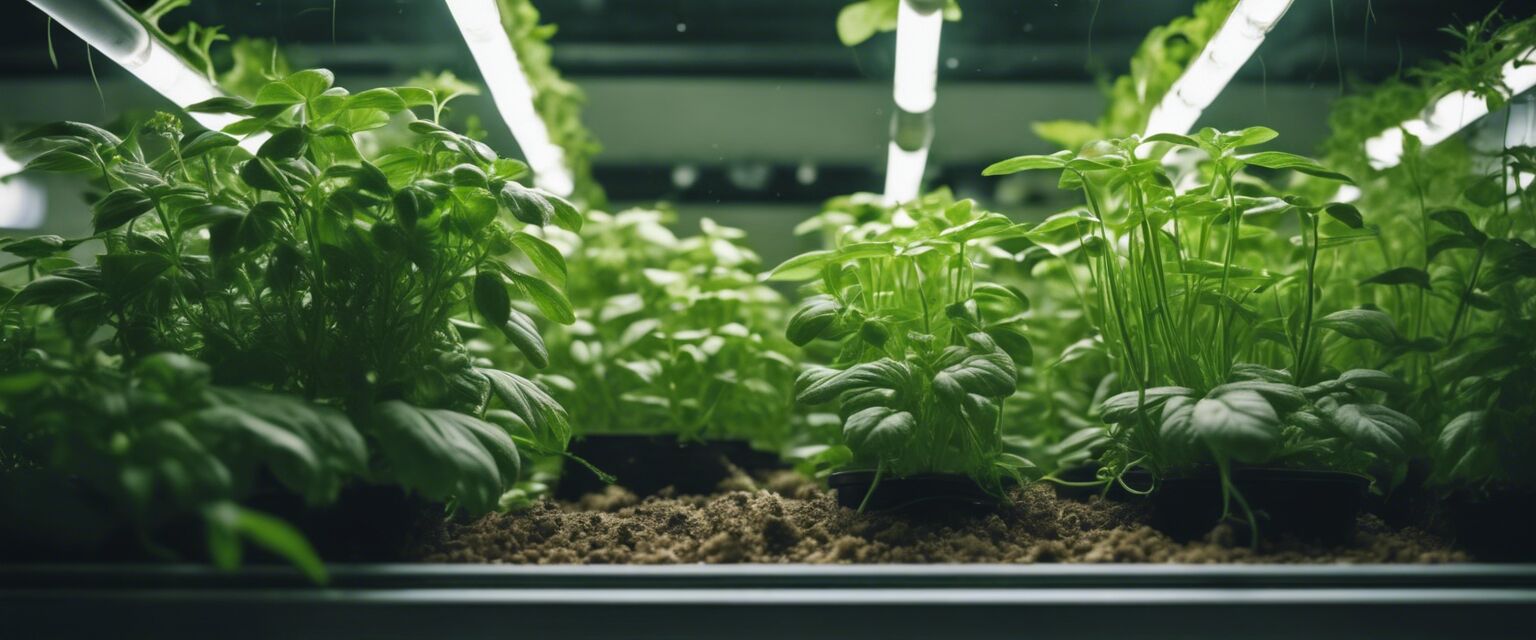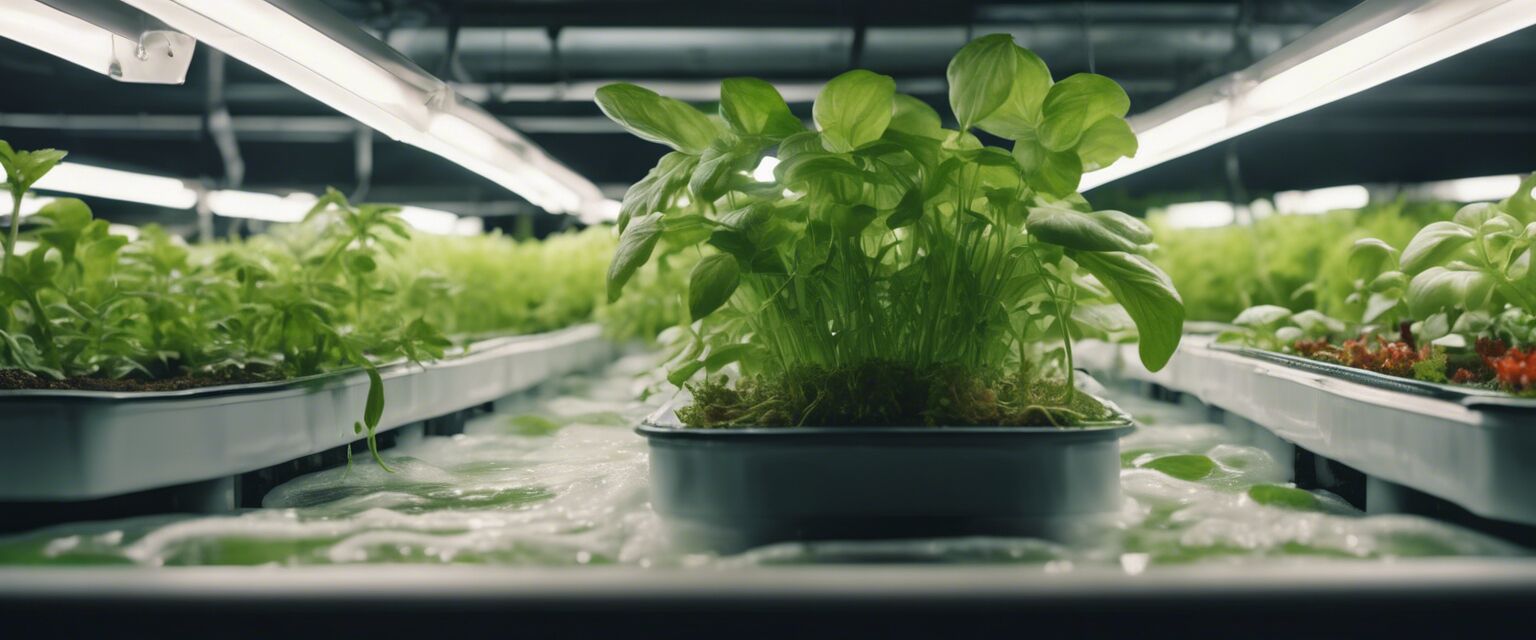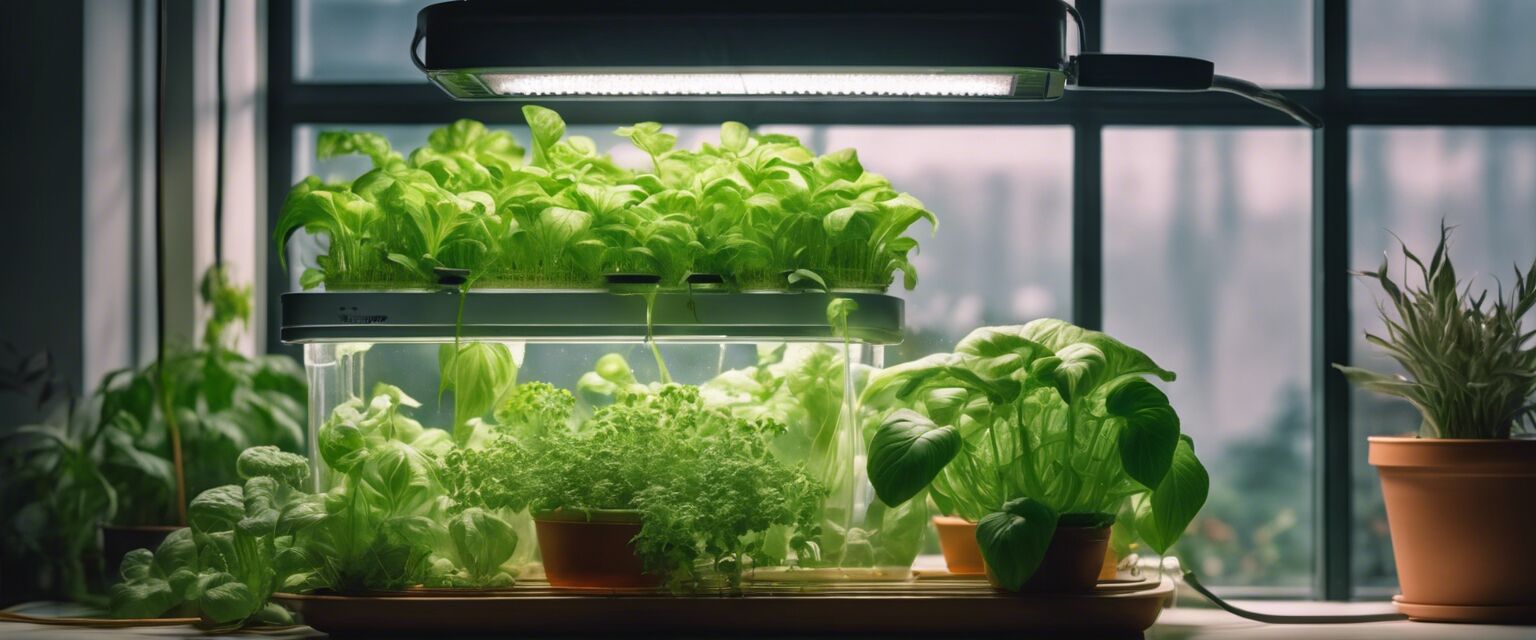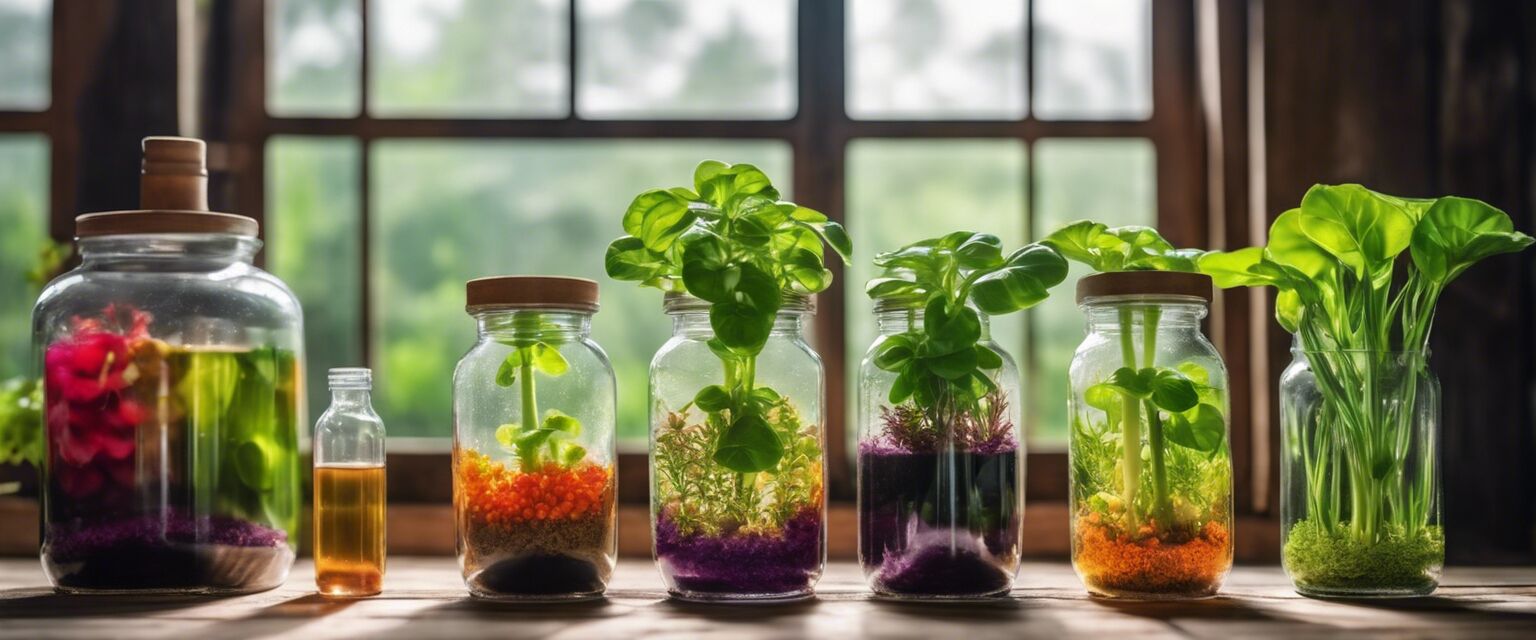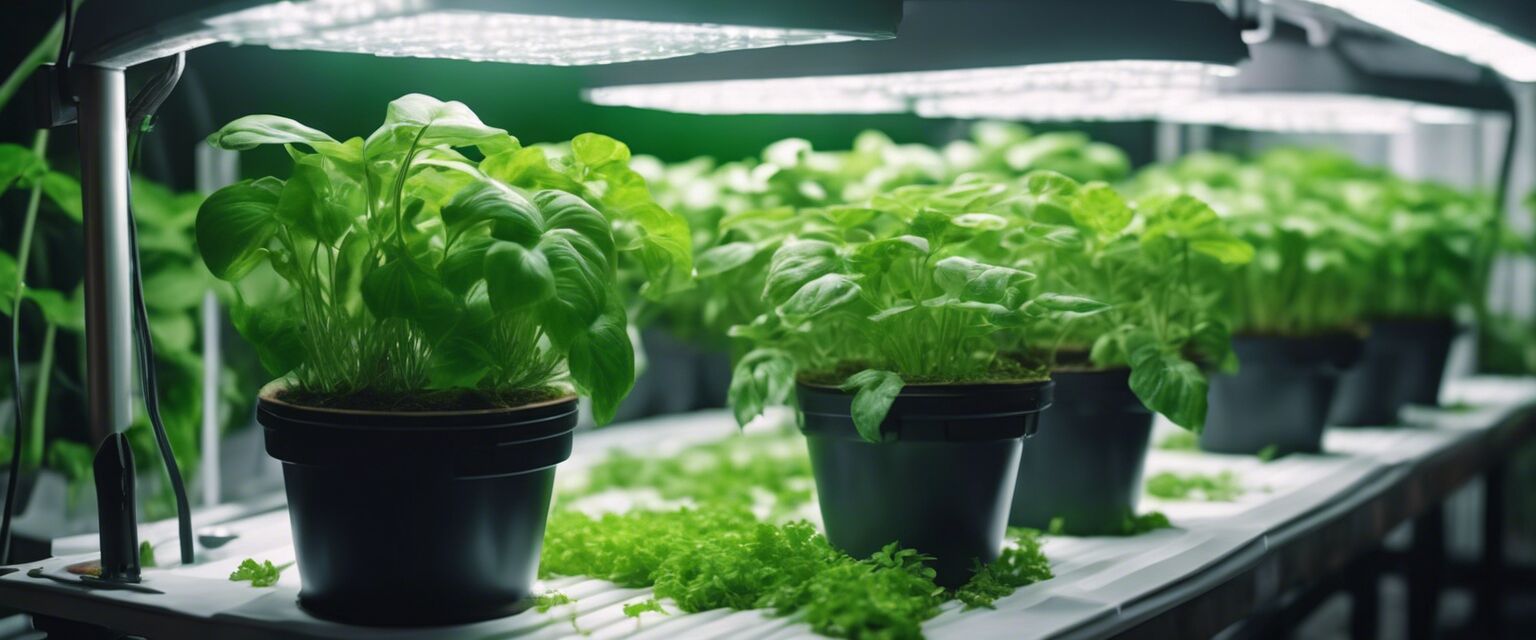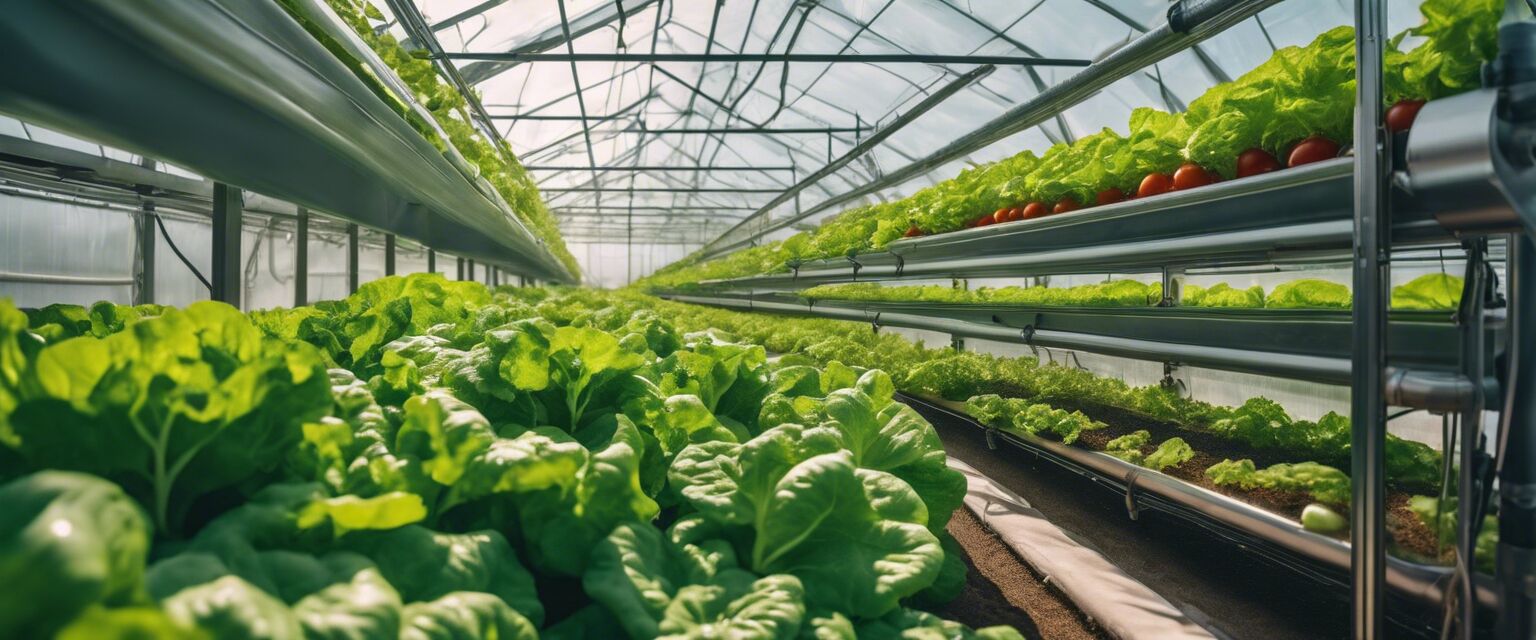
Plants Suitable for Hydroponics
Key Takeaways
- Hydroponics allows for efficient growth of various plants without soil.
- Some plants are particularly well-suited for hydroponic systems.
- Understanding the growth habits of plants can significantly increase yield.
- Optimal nutrient solutions are crucial for different plant types.
Hydroponic gardening is transforming the way we grow plants, offering a soil-free alternative that maximizes space and enhances plant health. In this article, we explore the best plants suited for hydroponics, ensuring you know what to grow and how to achieve the best results.
Why choose hydroponics?
Hydroponics presents several advantages over traditional soil gardening. With this method, you can control the environment, reduce water usage, and minimize pests. Many gardeners now opt for hydroponic systems, particularly in urban areas where space is limited.
Plants that thrive in hydroponics
Here's a comprehensive list of plants that do exceptionally well in hydroponic systems:
| Plant | Type | Growth Time | Nutrient Requirements |
|---|---|---|---|
| Lettuce | Leafy Green | 30-60 days | Moderate |
| Tomatoes | Fruit | 60-85 days | High |
| Basil | Herb | 30-45 days | Moderate |
| Spinach | Leafy Green | 30-40 days | Moderate |
| Strawberries | Fruit | 60-90 days | High |
| Mint | Herb | 30-60 days | Low |
| Cucumbers | Vegetable | 50-70 days | High |
Considerations for growing plants in hydroponics
When selecting plants for a hydroponic system, consider the following factors:
- Growth habits: Some plants grow tall and require support, while others are more compact.
- Nutrient needs: Different plants have varying nutrient requirements, and itâs important to adjust your nutrient solution accordingly.
- Water temperature: The temperature of the water can affect plant growth; most plants thrive in the range of 65-75°F (18-24°C).
Tips for optimal growth
Beginners Section: Hydroponic Gardening Tips
- Start with easy-to-grow plants like lettuce or herbs.
- Utilize a drip or NFT (Nutrient Film Technique) system for better water circulation.
- Monitor pH levels regularly (aim for a pH of 5.5-6.5).
- Ensure adequate lighting; most hydroponic plants require 12-16 hours of light per day.
Hydroponic systems: Which is best for you?
| System Type | Hydroponics System | Best For | Complexity |
|---|---|---|---|
| Deep Water Culture (DWC) | Plants supported on a platform over nutrient-rich, oxygenated water. | Beginners and leafy greens. | Simple |
| Nutrient Film Technique (NFT) | Thin film of nutrient solution flows over the roots. | Fast-growing crops like lettuce. | Moderate |
| Aeroponics | Roots suspended in the air and sprayed with nutrient solution. | Advanced gardeners and large-scale production. | Complex |
| Wicking Systems | Capillary action draws nutrient solution to the roots. | Herbs and small plants. | Simple |
Common mistakes to avoid
- Ignoring the water temperature - it should be optimal for plant growth.
- Overloading nutrient solutions which can burn plant roots.
- Neglecting to check pH levels, which can lead to nutrient deficiencies.
Conclusion
Hydroponic gardening opens up a world of possibilities for growing a variety of plants in constrained spaces. With careful selection and management of your hydroponic system, you can enjoy fresh herbs, fruits, and vegetables year-round. Start experimenting with the plants mentioned in this article and watch your hydroponic garden thrive. For further insights, check our full range of hydroponic systems, and explore growing media, nutrient solutions, and monitoring tools to maximize your gardening success.
Pros
- Efficient water usage
- Faster plant growth rates
- Year-round cultivation
- Pest and disease management is simpler
Cons
- Initial setup can be costly
- Requires knowledge of nutrient solutions
- Technical issues can disrupt growth
Additional resources
For those looking to dive deeper into hydroponic gardening, be sure to check out our resources on:
- Grow Lights - Essential for plant growth in hydroponic systems.
- Hydroponic Systems - A variety of systems tailored to your gardening needs.
- Pumps and Aeration - Maintain optimal water oxygenation.
- Monitoring & Sensors - Ensure your plants receive the best care.
Image Highlights
